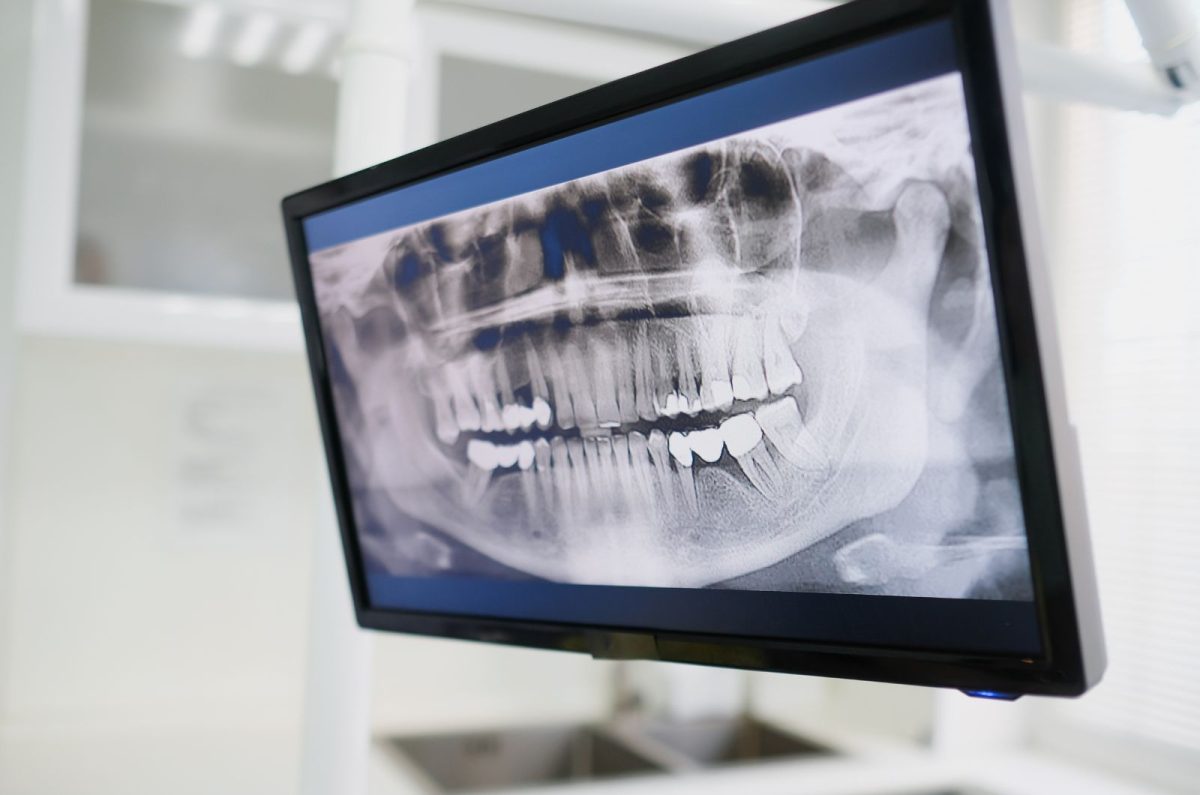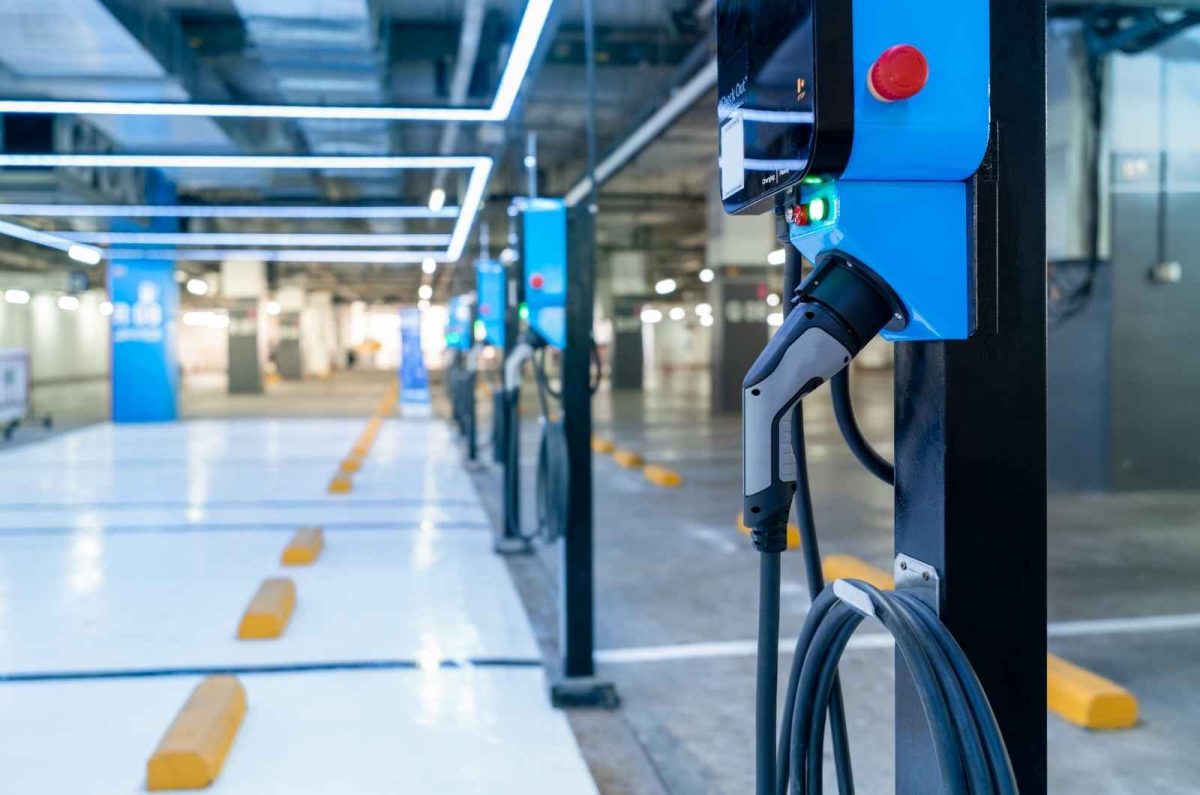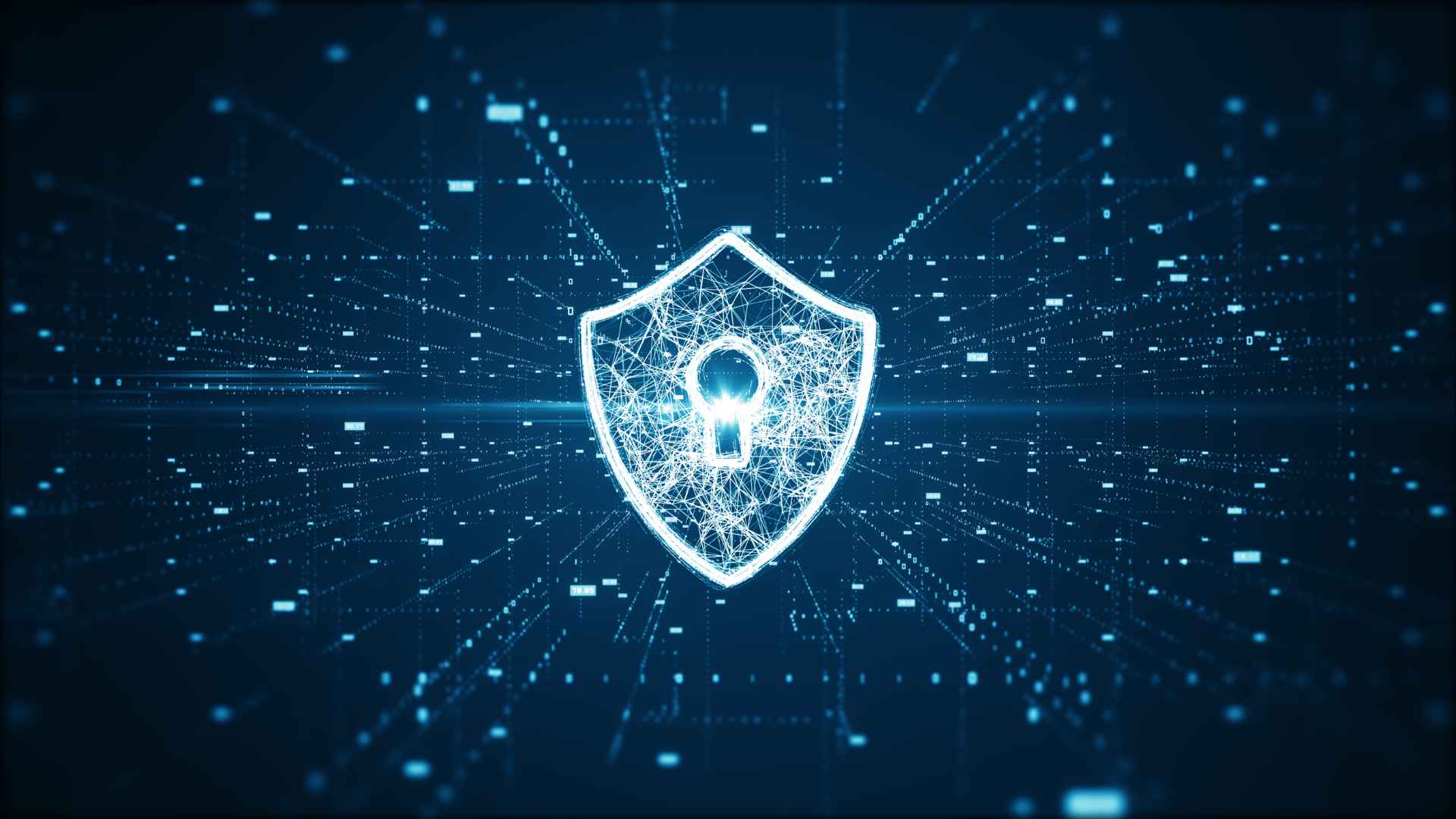What is Drone Docking Technology?
Drone docking technology represents a significant leap towards fully autonomous drone operations. At its core, it encompasses systems designed for drones to autonomously land, recharge, shelter, and sometimes even transfer data or cargo without human intervention. This innovative technology includes the development of drone docking stations and drone delivery mailboxes, such as those created by StrixDrones. These stations serve as home bases where drones can autonomously land, secure themselves from the elements, recharge their batteries, and offload collected data or payloads. The universal and autonomous nature of these docking stations, like the Strix1600 and Strix2100 models, allows them to support a wide range of drones, including those used in specific industries like mining. By enabling drones to operate more independently and efficiently, drone docking technology is paving the way for more advanced and cost-effective drone applications across various sectors, offering a glimpse into the future of automated drone services.
Why is Drone Docking Technology Important for Mining?
In the mining industry, efficiency, safety, and cost-effectiveness are paramount. Drone docking technology is emerging as a crucial tool to enhance these aspects by facilitating uninterrupted and autonomous drone operations. Drones equipped with advanced sensors and cameras have already been utilized in mining for surveying, mapping, and monitoring purposes. However, the integration of autonomous docking stations enables these drones to operate for longer periods without human intervention, significantly increasing data collection frequency and accuracy.
Moreover, the harsh and often remote environments of mining operations make manual drone handling challenging and potentially hazardous. Autonomous docking stations provide drones with a safe haven for recharging and data processing, minimizing the risk to human operators and reducing the need for personnel in dangerous areas. Additionally, the capability of these stations to facilitate automatic data transfer allows for real-time decision-making and faster response to operational changes or safety incidents.
By enhancing the capabilities and safety of drone operations, drone docking technology holds the potential to revolutionize the mining industry, leading to more efficient resource management, reduced operational costs, and improved worker safety.
How Do Autonomous Docking Stations Work?
Autonomous docking stations, such as those developed by strixdrones, are engineered to support a wide array of drone operations with minimal to no human involvement. These stations work by providing a designated landing and takeoff area equipped with charging facilities and, in some cases, data transfer capabilities. The process begins with the drone autonomously navigating back to the docking station after completing its assigned task. Utilizing advanced sensors and GPS technology, the drone accurately locates the station and safely lands on it.
Once landed, the docking station secures the drone in place, protecting it from environmental factors such as wind or rain. The charging process then commences, ensuring the drone's batteries are fully recharged for the next mission. In addition to recharging, some docking stations are equipped with mechanisms for automatic data download, allowing the collected information to be transferred to a central system for processing and analysis without manual intervention.
This seamless integration of landing, charging, sheltering, and data transfer functions enables continuous drone operations, significantly enhancing operational efficiency and reducing downtime. The autonomous nature of these stations thus plays a pivotal role in maximizing the productivity and effectiveness of drone fleets across various industries, including mining.
What Advantages Do Drone Delivery Mailboxes Offer in Mining?
Drone delivery mailboxes, such as the StrixDrones DroneDrop, introduce a novel approach to handling materials and data within the mining sector. These innovative systems provide secure and efficient means for drones to deliver or retrieve packages and information directly at the mining site. The advantages of integrating drone delivery mailboxes into mining operations are multifaceted.
Firstly, they significantly enhance operational efficiency. By automating the delivery and collection of critical supplies, samples, or equipment, these mailboxes reduce the need for manual transportation, saving time and resources. This is particularly beneficial in remote or hazardous areas of a mine, where traditional delivery methods may be slow or pose safety risks.
Secondly, drone delivery mailboxes ensure the secure exchange of goods and data. Equipped with sealed compartments, they protect the contents from environmental conditions and unauthorized access. This is crucial for sensitive materials or data that require confidentiality and integrity.
Lastly, the incorporation of drone delivery mailboxes supports real-time decision making. By facilitating the rapid transfer of data and samples between different parts of a mining operation, stakeholders can make informed decisions swiftly, enhancing the overall responsiveness and adaptability of the mining processes.
In essence, drone delivery mailboxes provide a streamlined, secure, and efficient solution for transporting goods and information within the mining industry, revolutionizing how operations are conducted and managed.
Challenges and Solutions in Implementing Drone Docking Technology in Mining
Implementing drone docking technology in mining presents several challenges, but with innovative solutions, these hurdles can be effectively overcome. One primary challenge is the adaptation of docking stations to the rugged and dynamic environments typical of mining sites. The variability in terrain and weather conditions necessitates robust and adaptable docking systems that can ensure safe landings and operations under diverse conditions.
A solution to this is the development of modular and rugged docking stations, such as the Strix2100, designed to accommodate a wide range of drone models and sizes, including those equipped for heavy-duty operations in harsh environments. These stations can be customized to suit the specific needs of each mining site, ensuring reliable performance regardless of the external conditions.
Another challenge involves ensuring seamless integration with existing mining operations and systems. Mining operations rely on a complex ecosystem of machinery and data management systems, and integrating new drone technologies requires careful planning to avoid disruptions.
To address this, companies like StrixDrones offer autonomous and universal systems that can work independently or be integrated with other operational components. By leveraging advanced communication protocols and data transfer technologies, these docking stations can seamlessly fit into the operational workflow, enhancing efficiency without significant restructuring.
Lastly, regulatory compliance presents a challenge, as drone operations in mining areas must adhere to strict safety and privacy regulations. Collaborating with regulatory bodies and adopting best practices in drone operation safety and data security can mitigate these concerns, ensuring that drone docking technologies enhance mining operations within legal frameworks.
What Does the Future Hold for Drone Docking Technology in Mining?
The future of drone docking technology in mining appears incredibly promising, with advancements poised to further revolutionize this critical industry. As technology evolves, we can anticipate even more sophisticated autonomous docking stations and delivery systems that enhance the efficiency, safety, and sustainability of mining operations.
One key area of future development is the integration of artificial intelligence and machine learning algorithms into drone and docking station operations. This could enable predictive maintenance, autonomous mission planning, and real-time adaptation to changing environmental conditions, further reducing the need for human intervention and minimizing operational risks.
Moreover, advancements in battery technology and renewable energy sources are expected to extend the operational range and duration of drones, allowing for longer and more complex missions with minimal environmental impact. This could be particularly beneficial for remote or hard-to-reach mining sites, improving accessibility and reducing the carbon footprint of mining operations.
In addition, the collaboration between technology providers, mining companies, and regulatory bodies will likely intensify, fostering an ecosystem that encourages innovation while ensuring safety and compliance. This collaborative approach will be crucial in unlocking the full potential of drone docking technology in mining, driving the industry towards a more automated, efficient, and sustainable future.
Drone docking technology, with its autonomous docking stations and delivery mailboxes, is set to significantly impact the mining industry. By enhancing operational efficiency, safety, and cost-effectiveness, this technology presents a solution to many of the challenges faced in mining operations today. From providing a secure and efficient method for drones to land, recharge, and transfer data, to facilitating the seamless delivery and collection of materials, drone docking technology streamlines processes and reduces the need for human intervention in potentially hazardous environments.
Despite the challenges related to environmental conditions, integration with existing systems, and regulatory compliance, solutions are continuously being developed and refined. The future of mining looks bright with the integration of advanced drone technologies, promising not only to improve operational efficiencies but also to pave the way for more sustainable and environmentally friendly practices.
As we look ahead, the potential for growth and innovation in the application of drone docking technology in mining is vast. With ongoing advancements in technology and a collaborative approach between stakeholders, the mining industry is poised to enter a new era of productivity and safety, leveraging the full capabilities of autonomous drone technologies.






